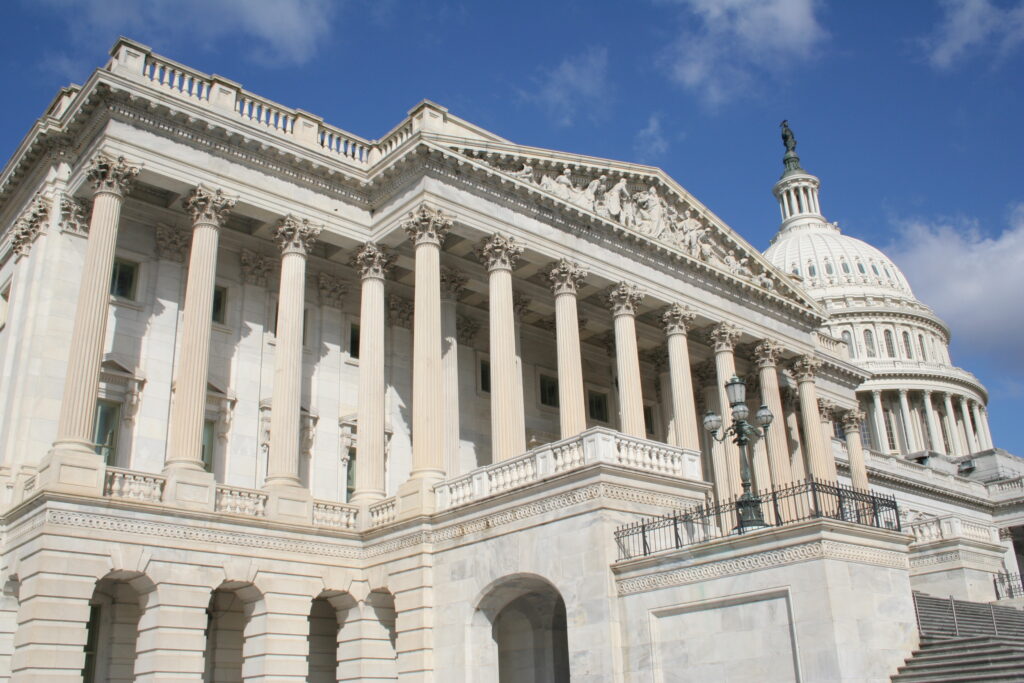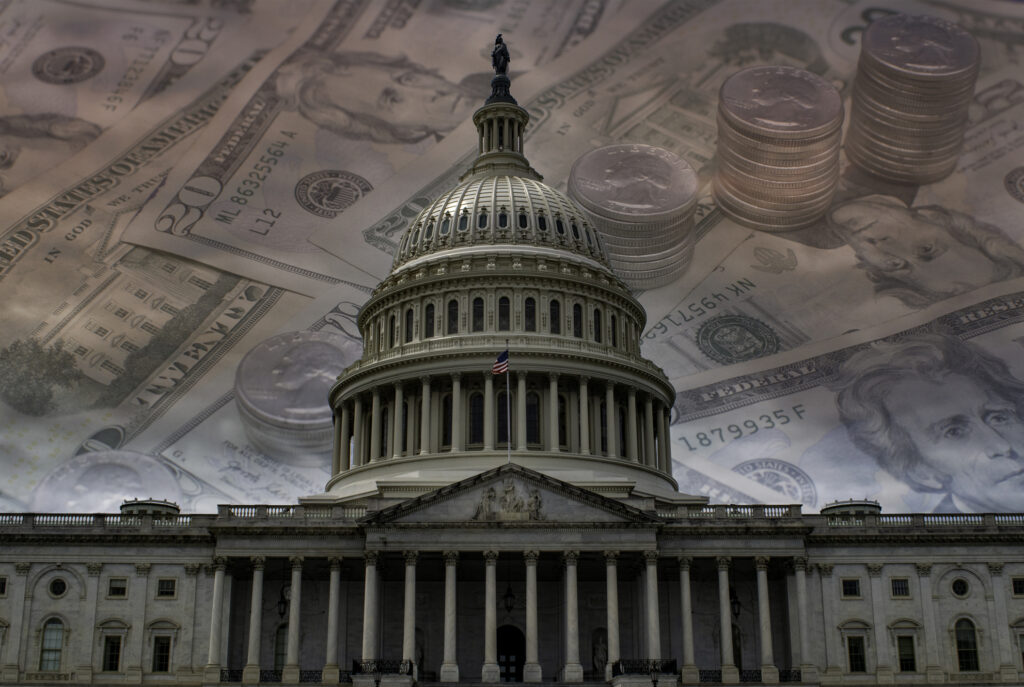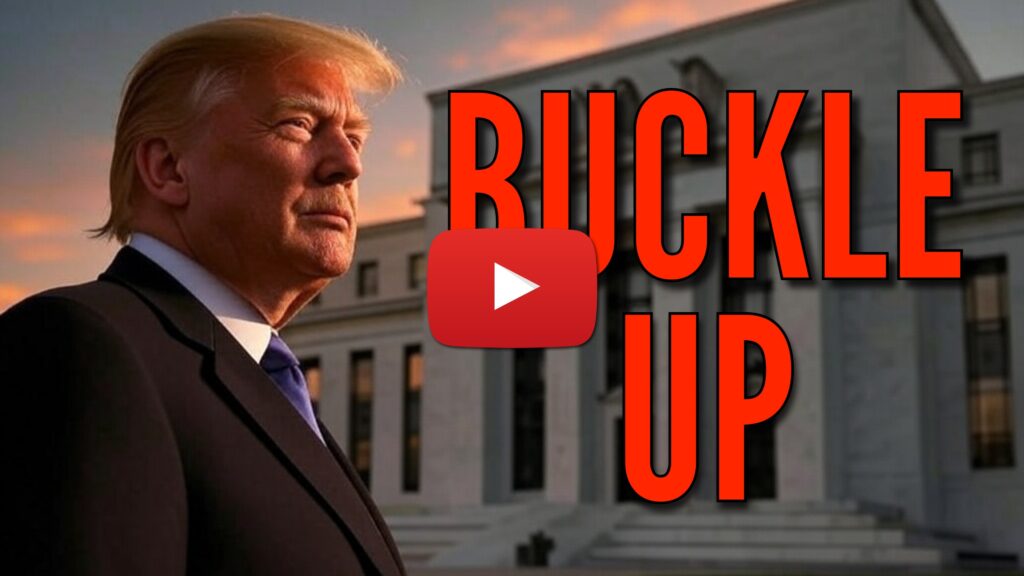Gold at $5,000 by 2030? One Fund Manager Thinks It’s Conservative

Gold prices might be just getting started. Despite a recent dip to $3,200 an ounce, fund manager Jim Luke says $5,000 gold by decade’s end now feels like a “frankly conservative” forecast. Why? Explosive demand from China, central banks in emerging markets, and steady buying from the Middle East are powering the current run—while Western investors haven’t even joined the party yet. Luke sees a likely scenario where global demand converges, pushing gold sharply higher. Add in rising debt, geopolitical tension, and undervalued mining stocks, and gold’s bull run could still be in its early stages.
Morgan Stanley Warns of Recession, Delays Rate Cuts

After a wild ride on Wall Street this year, Morgan Stanley is bracing for a midyear recession. Despite a strong rally in stocks following a brief tariff pause, economic data tells a more troubling story: inflation is sticky, job growth is slowing, and consumer confidence is falling fast. Morgan Stanley now expects no more Fed rate cuts until 2026, a sharp reversal from earlier hopes. With tariffs fueling inflation and weighing on growth, the Fed finds itself in a bind—cut rates and risk inflation or hold and risk a recession.
Big Tax Breaks, Bigger Deficits: What’s in the House’s Mega-Legislation

The House narrowly passed President Trump’s “big, beautiful bill,” a sweeping tax and spending plan that extends the 2017 Trump tax cuts and raises the U.S. debt ceiling by $4 trillion. Key provisions include a more generous SALT deduction, tighter Medicaid work requirements, and new spending for border security and defense. The bill passed 215-214, with all Democrats opposed and a few Republicans breaking ranks. Critics say the legislation favors the wealthy, with the bottom 10% of Americans expected to see benefits reduced, while the top 10% gain. The bill now moves to the Senate.
Retail in Turmoil: Inflation and Tariffs Reshape American Spending

Retailers are feeling the pinch as inflation, tariffs, and recession fears weigh on both businesses and shoppers. Target and Walmart are raising prices or seeing sales drop, while Home Depot and Lowe’s are working around tariffs through sourcing strategies. Meanwhile, discount chain TJX is thriving as cost-conscious consumers hunt for deals. With sentiment down nearly 30% since January, this fractured retail landscape signals rising macro stress—potentially bullish for safe-haven assets like gold.
From Safe Haven to Strategic Asset: Why Gold Is Back in the Spotlight

Gold has surged in 2025, peaking at $3,500 per ounce, driven by three key forces: Geopolitical Tensions: Ongoing conflicts in the Middle East and Ukraine have intensified demand for safe-haven assets. U.S. Fiscal Concerns: A $1.9 trillion deficit and potential tax cut extensions without offsetting cuts have rattled investor confidence. Central Bank Demand: Emerging market central banks are steadily increasing gold reserves to reduce reliance on the dollar. While gold recently dipped to $3,185, underlying fundamentals remain strong. Analysts expect prices could return to $3,500 by year-end—if macro and geopolitical risks persist.
OPEC+ Output Hike Weighs on Oil Prices Amid Demand Concerns

Crude markets turned bearish as reports emerged of OPEC+ eyeing another production hike. A possible 411,000 barrels/day increase in July—likely led by Saudi Arabia—could tip the delicate balance between supply and demand. Coupled with surprise builds in U.S. crude and fuel inventories and weaker gasoline demand, this paints a cautious picture for oil prices. Rising U.S. Treasury yields and a tepid economic backdrop add further strain. Investors should be wary of continued volatility, especially as the June 1 OPEC+ meeting approaches.
From AAA to AA+: What This Downgrade Means for Gold and the Dollar

The warning signs have been flashing for years. Now Moody’s has confirmed it: the United States is no longer AAA-rated. In this urgent new video, Mike Maloney reacts live as Alan Hibbard breaks down the downgrade—and what it signals about America’s deepening debt spiral, unsustainable fiscal policies, and the dollar’s fading power on the global stage. Mike doesn’t hold back: “We’re borrowing to go deeper into debt just to pay greater interest… and there’s no way out.” This downgrade is more than just another headline — it’s a signal that the era of dollar dominance is ending. And according to […]
30-Year Bond Yields Surge as Trump’s Tax Bill Stokes Deficit Worries

The yield on the 30-year U.S. Treasury climbed above 5.1% Thursday, its highest since October 2023, as bond markets reacted to the House’s advancement of President Trump’s $4 trillion tax and spending bill. Investors are increasingly concerned about the growing federal deficit, especially following Moody’s recent U.S. credit downgrade and weak demand at a 20-year bond auction. The bill’s potential to flood markets with more government debt is adding pressure to long-term yields and fueling broad skepticism toward U.S. assets.
Trump’s ‘Big, Beautiful Bill’ Passes House — Eyes Turn to Senate

The House has passed what President Trump calls his “big, beautiful bill,” a sweeping piece of legislation combining major tax cuts, tighter welfare requirements, and trillions in new federal spending. Passed by a razor-thin margin (215-214), the bill includes a $4 trillion debt ceiling hike, looser rules on state and local tax (SALT) deductions, and stricter Medicaid work requirements. All Democrats opposed it, joined by a few Republicans. The bill now heads to the Senate.
Debt Drama Deepens: Markets React to Trump’s $3.8 Trillion Tax Bill

The euro fell and the yen strengthened Thursday as weak European business data clashed with mounting U.S. debt concerns. President Trump’s tax-and-spend bill passed the House, potentially adding $3.8 trillion to the U.S. debt over the next decade. This fueled further selling in U.S. Treasuries and the dollar, with investors turning to safe-haven currencies and assets. Bitcoin surged to a record high above $111,000 as some investors looked for alternatives to U.S. financial markets amid growing fiscal instability.



